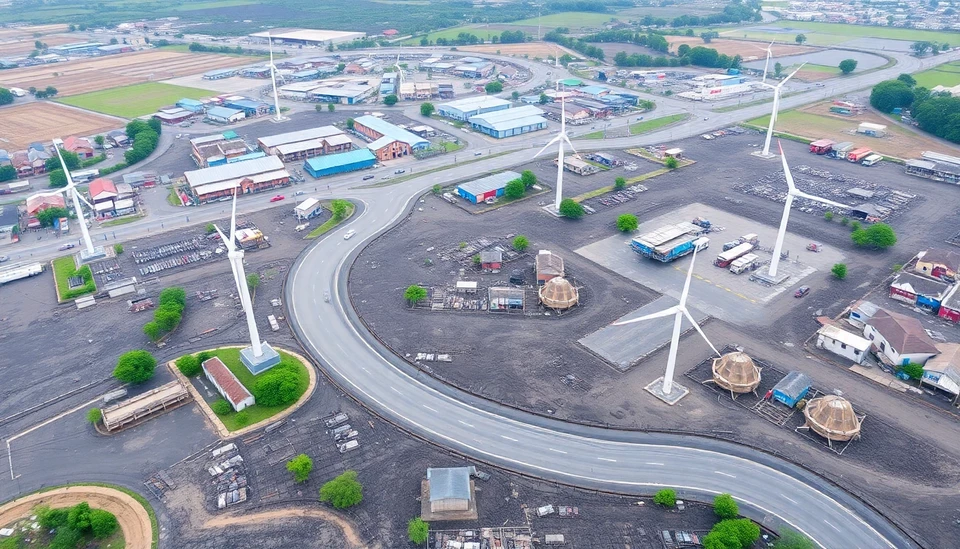
Recent advancements in solar cell technology are ushering in a new era where high-powered solar cells may soon outperform conventional battery systems, fundamentally changing the landscape of energy storage and distribution. Researchers and industry experts are optimistic that these innovative solar cells could offer a more sustainable, efficient, and cost-effective alternative to traditional batteries, which are currently used in various applications, from electric vehicles to home energy storage systems.
The impetus behind this shift is the growing demand for renewable energy solutions as the world grapples with climate change and an increasing reliance on fossil fuels. The limitations of current battery technologies, such as lithium-ion batteries, in terms of resource availability, recycling issues, and environmental impact, have created a pressing need for innovative alternatives. Solar cells that can directly convert sunlight into energy while also providing storage capabilities are gaining traction as a viable solution.
Recent developments have demonstrated that new generation solar cells, particularly those utilizing perovskite materials, can achieve efficiencies far exceeding those of traditional silicon-based solar panels. These high-powered cells not only promise higher energy conversion rates but are also potentially cheaper to manufacture. Scientists have focused efforts on overcoming key challenges, such as stability and degradation, which have historically plagued perovskite technologies. Successful resolution of these issues could pave the way for widespread adoption.
One notable advantage of these advanced solar cells is their ability to generate power and store it simultaneously, effectively removing the intermediate step of charging a battery. This feature not only enhances the energy efficiency of the system but also simplifies the overall setup required for harnessing solar energy for everyday use. Researchers are exploring how to integrate these highly efficient solar cells into existing renewable energy infrastructure, promising a seamless transition for energy consumers.
The potential for solar cells to replace batteries is also reflected in their versatility. From remote areas that lack grid access to urban environments looking to reduce carbon footprints, high-powered solar cells offer a range of applications. Their capacity to convert sunlight into usable energy can empower a variety of sectors, including residential, agricultural, and industrial, ultimately expanding the reach of renewable energy solutions worldwide.
However, transitioning to high-powered solar cells will pose challenges. Significant investment in research and development is essential, as is collaboration between universities, tech companies, and governmental bodies to facilitate technological advancements. Regulatory frameworks and infrastructure will need to adapt to support this shift, ensuring that the integration of solar technology into everyday life is both practical and efficient.
As the world steers toward achieving net-zero emissions and embracing renewable energy alternatives, the emergence of high-powered solar cells may fundamentally alter the future of global energy consumption. With the promise of increased efficiency and reduced environmental impact, these cutting-edge technologies not only present an alternative to traditional batteries but may also reflect the broader trajectory of sustainable innovation in energy systems.
The ongoing evolution of solar technology is set to captivate both researchers and consumers alike, as high-powered solar cells propel a new wave of energy storage solutions aimed at creating a greener and more sustainable future for all.
#SolarEnergy #RenewableEnergy #CleanTechnology #EnergyStorage #Sustainability #Innovation #PerovskiteSolarCells
Author: Megan Clarke




